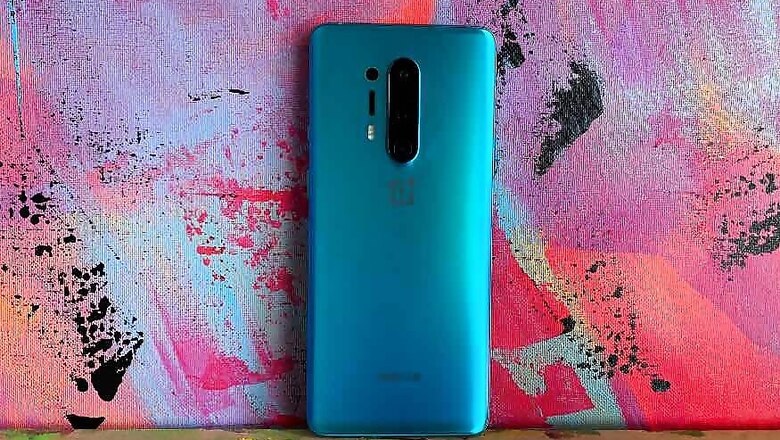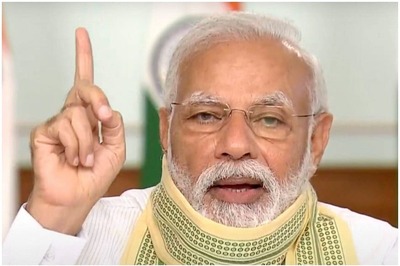
views
As India’s conflict with China becomes stronger, a Bloomberg report has suggested that the world of smartphones is not quite ready yet to fly independent of China. The case in point was the recent sale of OnePlus’ latest smartphones. The popular electronics brand recently hosted the sale of its flagship smartphone, the OnePlus 8 Pro in India, and as most noted, the sale ran out within minutes. In fact, many Indian buyers even took to Twitter to complain about not being able to purchase the smartphone, despite having waited for days.
This, Bloomberg notes, is tantamount evidence of how India may not be ready enough to reduce its dependence in Chinese brands, particularly in the smartphone space. According to the report, China leads the list of exporters to India, with a trade surplus for China that amounts to a whopping Rs 3.8 lakh crore. A considerable section of this surplus for China is contributed to its prowess in technology, manufacturing and associated acts. OnePlus, for instance, is owned by the Chinese company, BBK Electronics. BBK, as is well known, also owns Oppo, Vivo, Realme and Iqoo, all of which sell their smartphones in India. Oppo, Vivo and Realme are also among the most selling smartphone brands in India behind Xiaomi, which itself is also a Chinese technology company.
While the boycott China discourse has really strengthened in recent times, underlined by patriotic sentiments and Prime Minister Narendra Modi’s call for vocal for local and ‘aatmanirbhar’ initiatives, it remains to be seen how lasting an impact does this have on Chinese companies that have almost become household names in India. Multiple conversations have also been raised about the risk of data security linked with the Chinese companies, all of which can significantly hurt the prospect of business for these brands.
As of now, however, it seems that brands like OnePlus are still successfully pulling off their device sales in India. Most smartphone brands have attempted to cash in on the make in India initiatives. Going forward, it remains to be seen how the latest conflict with China affects India’s most popular Chinese brands, and how India manages to step up its local manufacturing initiatives.




















Comments
0 comment